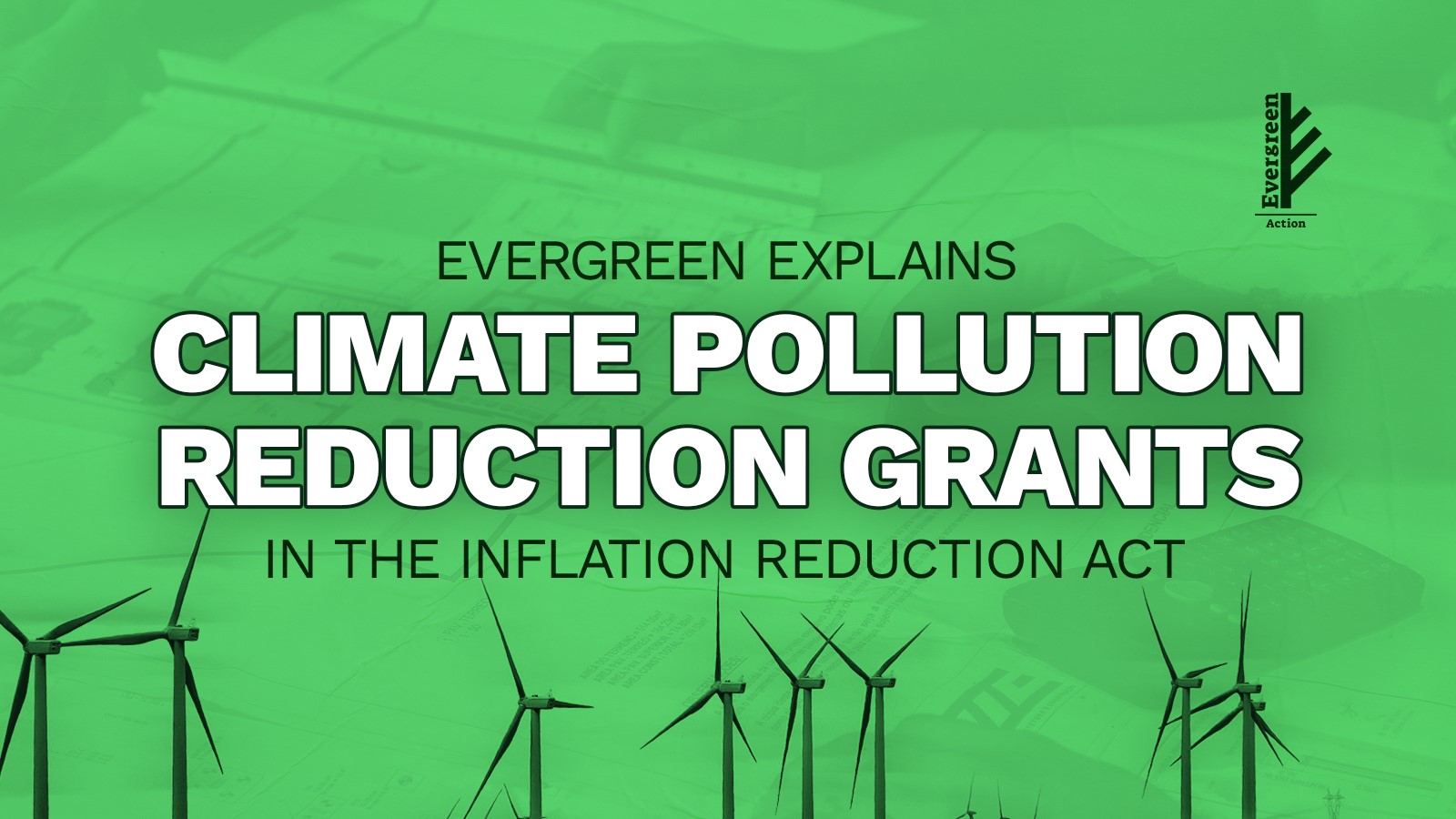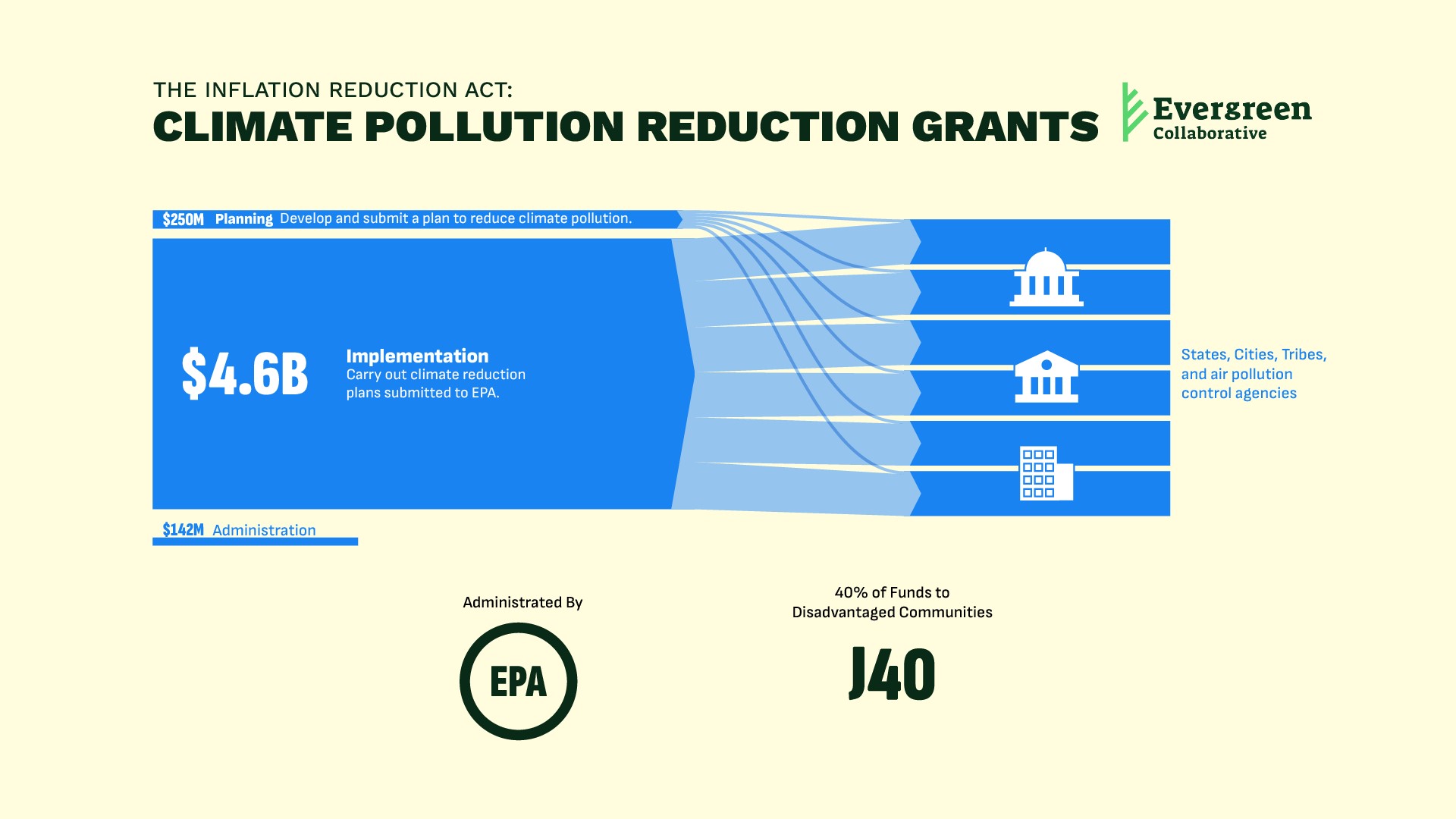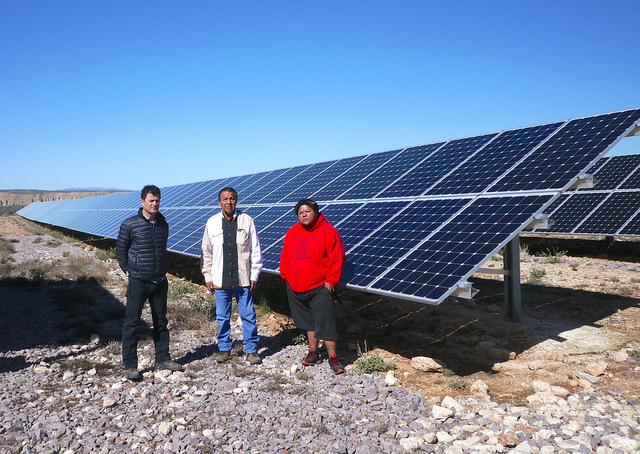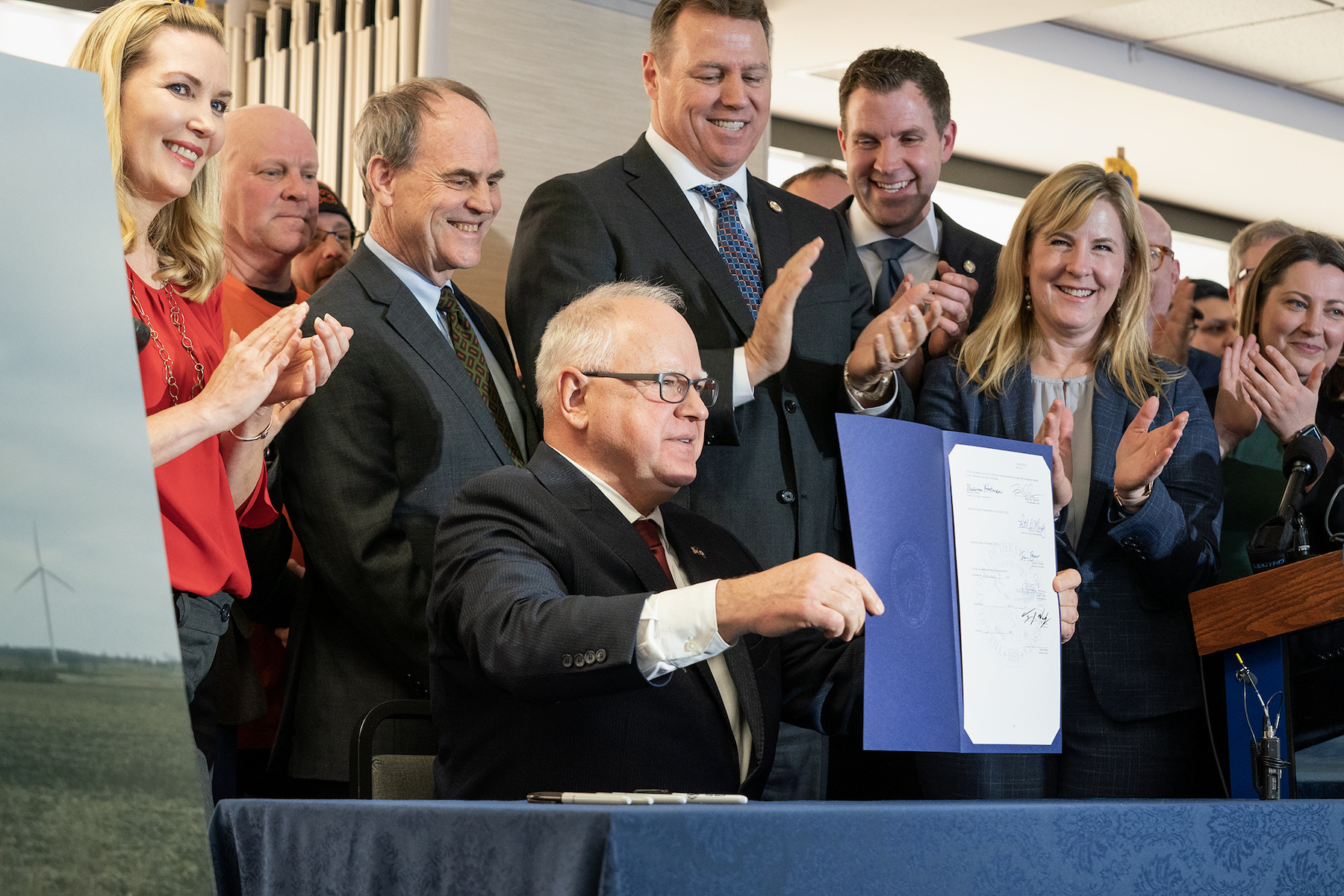What comes next for the CPRG program?
The investments that the CPRG program will make in state, local, and Tribal governments are critically important for their own sake and for the “force-multiplying” effects they will have for subnational governments to take advantage of the full suite—hundreds of billions of dollars—of climate investments available through the IRA, BIL, and CHIPS & Science Act.
These are some upcoming opportunities within the three main buckets of the CPRG program and what must come next to propel further progress on equitable decarbonization across the U.S.:
Planning Grants
Fortunately, EPA and the Biden Administration recognize the urgency and importance of these investments and are moving to rapidly deploy the program’s $250 million in initial planning grants. Also encouragingly, states, local governments, and Tribes are eager to put them to use; 46 out of 50 states submitted notices of intent to apply for planning grants. (Even those four states who declined funding will now see those dollars flow to their largest urban areas.)
But EPA still must get these planning grant funds out the door quickly, especially as states await other federal funding that state agencies rely upon. Planning grant applicants are tasked with creating a priority climate action plan, due in early 2024. Then applicants must submit a comprehensive climate action plan in two years.
Implementation Grants
Next, EPA will launch its implementation grant funding competition, worth a much larger $4.607 billion, later this year. EPA has the opportunity to use CPRG implementation grants to support both:
- Transformational state clean energy action plans that will reduce climate pollution—especially in new places; and
- Widespread subnational government capacity for sustained clean energy leadership.
As it designs this competition, EPA should heed the recommendations provided to it by 40 organizations, including Evergreen, in December 2022. These groups urged EPA to utilize two “tiers” of implementation grant awards. The first tier would award the majority of implementation grant funding (Evergreen recommends around $4.1 billion) for a select number of grant awards that demonstrate the largest additional, verifiable, and permanent climate pollution reductions—beyond that which might be otherwise achievable in the state's current policy environment. The second tier would consist of the remainder—a smaller portion—of implementation grant funding. This would be divided up into smaller grants to all states, local, and Tribal governments, who were previous planning grant recipients and who show how they’ll use the dollars—on top of their initial grant—for government capacity to further their efforts.
EPA should also encourage states to work together and require them to work with their local and Tribal governments in their grant applications. Applicants should be tasked with showing how they’d use funds to meaningfully engage with and advance pollution reductions and economic benefits in disadvantaged communities, and support high-quality, good-paying jobs. Finally, we urge EPA to move quickly, in order to be able to award implementation grant funding as early as possible in 2024.
Administrative Funding
EPA has also reserved the $142 million that is available in the CPRG program for administrative costs. With these funds, the federal government can improve how it coordinates with and provides technical assistance to support state, local, and Tribal governments.
However, it’s now incumbent on EPA to show how these dollars will be spent. For example, in expanding staff capacity in EPA regional offices to assist states on their climate plans, partnering with other federal agencies (such as the Departments of Energy, Agriculture, and Commerce, and the National Labs) at the regional level to provide more flexible and tailored technical assistance, and supporting state and local air pollution enforcement, especially in disadvantaged communities.





